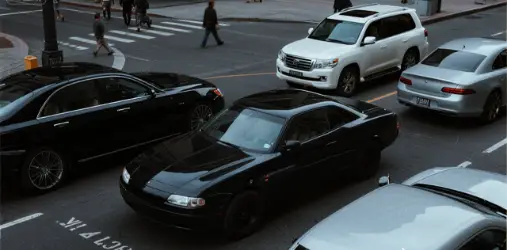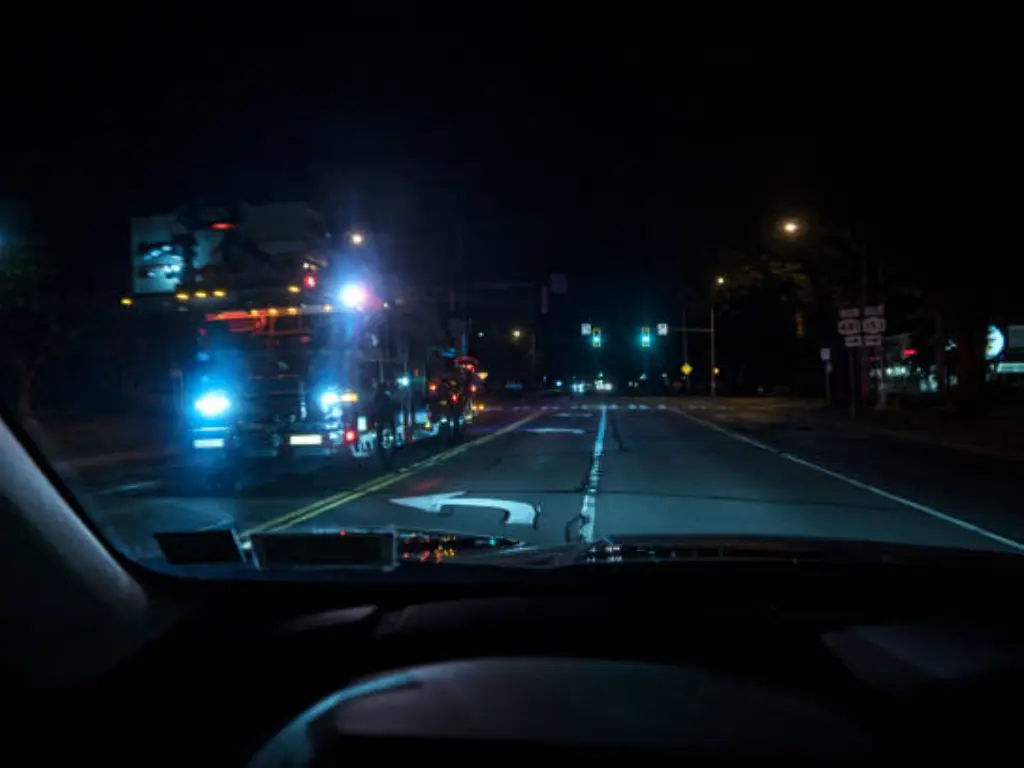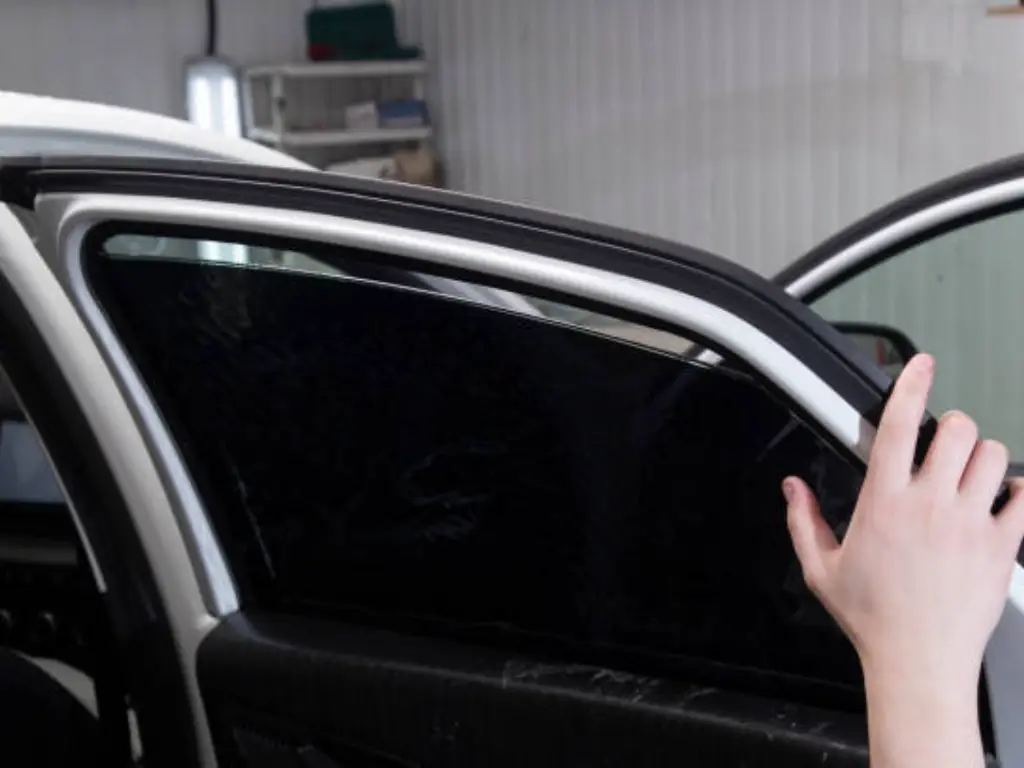Tinting the windows of a car is among the most influential aesthetic and utilitarian modifications that a car owner can ever introduce. It basically changes the personality of a vehicle, changing it into a vehicle of individual style that is not standard issue. When considering the wide range of applicable levels of tinting, the 15% window tint takes a special place that is frequently discussed. It is the option of people, who want to be attention-catching, with a near-opaque appearance, and at the same time, have their safe corner. Choosing the perfect tint can enhance both privacy and style.
This is not merely an aesthetic decision however. It carries an essential balance between style, usefulness, privacy and above all safety. Tint that is 15 percent is dark- dark that creates doubts about night visibility, dark that competes to challenge the local legislations. To come to the correct decision, one will have to go beyond the fact that they merely think a darker look will be more appealing and look into the science, the legalities, and the actual life as experienced with such a major change to one body part.
This handbook aims at making a conclusive, impartial study of any motorist who is contemplating using a 15 percent tint screen. We are going to take apart what the figure actually entails, its strong lure, what the obstacles in the field look like in reality, how troublesome the local rules are to work around, and why the very nature of film may be the ultimate key to whether you do it or not.
What 15% VLT Tint Really Means for Your Car
The product is characterized by numbers in the auto tint world. The number that precedes the percentage in the name like 15 in 15 % tint would be its Visible Light Transmission (VLT). This is a scientific measure that reveals that the film permits only 15 percent of visible light to enter the cabin of the vehicle through the glass. It therefore absorbs 85 percent of visible light, and thus gets its dark and deep look that characterizes it.
VLT is just a result, however, the technology is in how to achieve VLT. The advanced movies are not colored pieces of plastic. They are complex multi layered products and the ingredient that goes into a product to achieve a given VLT rating is quite important because it directly reflects on the performance, lifespan and clarity of the film. The main materials which are capable to create this effect of blocking out light are:
- Dyes: The oldest technique is encapsulation of microscopic particles of dyes in the adhesive layer of the film. Dyed films are as efficiently light hungry but fading is the most likely to occur especially resulting in purple appearance and degradation of the thermal property of the film.
- Carbon Particles: A huge advancement over dyes, carbon-based films employ very tiny sized particles of carbon to simply absorb light. They are non volatile stable and give good rejection of heat producing a true rich black aspect.
- Metal Deposits: In metallized films, the light and heat are reflected by a micro thin coating of the metallic elements in the form of particles. They are very strong and have good heat resistance and rejection capabilities but these will also disrupt your GPS and cell reception as the frequencies will be mixed.
- Ceramic Nanoparticles: Ceramic films were the most advanced form of films, where non metallic non-conductive particles are involved. These particles are selective in spectrum–they are excellent light blocking materials in the infrared and for the destructive UV–and they have maximum optical clarity. When VLT is low as 15%; the clarity of a good-quality ceramic film may be better than that of a light, lower-quality film.
Hence the rating will be 15% in the case of car windows which will tell you the extent to which the windows will be dark but it is the nature of film for warmth blockage, clear as well as durability of the film.

The Appeal: Unmatched Privacy and Sleek Looks
The appeal of a 15 percent tint is animal and instantaneous, and is motivated by seclusion and appearance of the car.
- Privacy: With so much openness in the modern world, a car is one of the few things we have to ourselves. A 15 tint makes the cabin into a sanctuary. Others cannot look into it in the day, which prevents the loss of valuables and provides personal security. Even the commercial vehicles do not go without this extra discretion.
- Aesthetics: The visual impression of 15 percent tint is big and dramatic. On dark cars it makes a smooth blacked-out appearance. This is really glaring on colorful cars. It enhances car from being a utility to being a design object- an ideal tint to individuals, who desire customized premium looks.
The Reality: Driving with 15% Tint at Night
The greatest trade-off should be made with 15% tint: lack of visibility at night. Though not a difficult change, the fact that the amount of light will be reduced by 85% poses problems.
- Urban Driving: The impact is bearable in highly-lit up cities such as Orlando. Ambient lights include the streetlights and the headlights, but the view is still darker. Rural or Suburban Areas: It is more difficult to notice other people or topographies on darker roads. The worst suffered is the peripheral vision. Side mirrors and back windows on the rear side are less reliable.
Even simple things such as parking or driving in garages need extra precaution even at slow speeds. This is whereby many drivers open their windows frontally to have a clearer view. A 15 percent tint is not necessarily what you need to use in case you drive under dim light conditions on a regular basis or have a defective night vision.

Navigating Tint Laws: Is 15% Legal for You?
The Federal law does not regulate window tint; instead, there is a patchwork of laws and regulations at the local level, including local regulations. This renders 15 percent tint to be illegal in the front windows of most states within the U.S., but it could be permitted in the rear side windows or rear windshield, as long as it adheres to the legal limit.
Get the details in the chart below in the original article but make sure you comply with your local codes before the installation. The penalties may include fines, inspection failures and mandatory removal due to non-compliance.
Not All Tints Are Equal: The Clearpro Advantage
The night visibility fears are real, although they have been greatly inflated by low quality materials. Poor movies tend to introduce haze and glare exacerbating the visibility problem. Top films such as the ceramic coating by Clearpro eliminate these setbacks by a significant margin.
Cheap tinted window film are of poor quality, that wear out fast and are less protective against heat. By contrast, Clearpro nano-ceramic films bio-reject heat and damaging UV rays, but without compromising clarity. They are also free of signal interference, interferences, and distortions of signals. This attribute is more important than VLT in itself.
Why Choose Clearpro for Superior Clarity and Heat Rejection
Clearpro uses the most modern technology, focusing more on performance and appearances. Their tint film line incorporates:
- High-tech films that have infrared ceramic nanoparticle enhancements that resist heat
- Absence of metals, thus compatibility with electronics, is complete
- Good durability, color stability and excellent clarity even in dark VLTs
When you pick Clearpro, you do not simply choose a percent window tint, but you make a purchase that helps in enhancing your driving experience all through the year.
Clearpro also does PPF (paint protection film) and coating services that only further protect and improve your vehicle finish such as windshields.
ClearPRO
Explore Innovative Window Tint Solutions
HC70 pro

Employing cutting-edge magnetron sputtering technology and precise multi-layer metal films, featuring 70% visible light transmission.
HC70 nano

Leveraging innovative nano-ceramic technology, the HC70 NANO film offers a high level of visible light transmission at 70%, and an impressive 97% infrared rejection rate.
HC15 PRO

Equipped with state-of-the-art magnetron sputtering technology, the HC15 PRO provides deep tinting with merely 14% of visible light transmission
So, Is 15% Window Tint Your Perfect Match?
15% vs. 20% & 35%: A Visual Side-by-Side
| Feature | 15% VLT | 20% VLT | 35% VLT |
| Aesthetic | Near-blackout, high contrast, aggressive look | Dark and sleek, slightly softer than 15% | Tinted, but interior remains somewhat visible |
| Privacy | Excellent. Nearly opaque during daylight hours | Very good. Most interior details obscured | Good. Shapes and objects can be seen up close |
| Night Visibility | Most reduced. May require rolling down windows | Reduced but generally manageable | Mild reduction. Easy adjustment for most drivers |
| Legality | Illegal on front in most states, legal rear | Legal in some states for front windows | Legal in many states, widely accepted |
| Best For | Maximum privacy and bold style | Balanced privacy and night vision | Style-conscious drivers prioritizing legality |
Ask yourself:
- What do you aim first? 15 percent may be your style with maximum privacy and boldness. In case you need a blend of beauty and comfort, then you might like 20 percent or 35 percent.
- what are your on the ground facts? Are you mostly driving around in cities such as Orlando or do you drive in the country along roads that lack light? It is vital to give honest answers here.
- Are you going to spend on quality? In case you are looking at 15%, then use an expensive tint film with ceramic coating. Do not choose cheap services to damage visibility and performance.
Finally, a 15 percent tint might be a transfigurative addition to the proper driver and car. The combination of the knowledge of legal requirements, familiarity with various benefits, and the sense of quality can help you choose what can be seen as stylish, safe, and smart.








